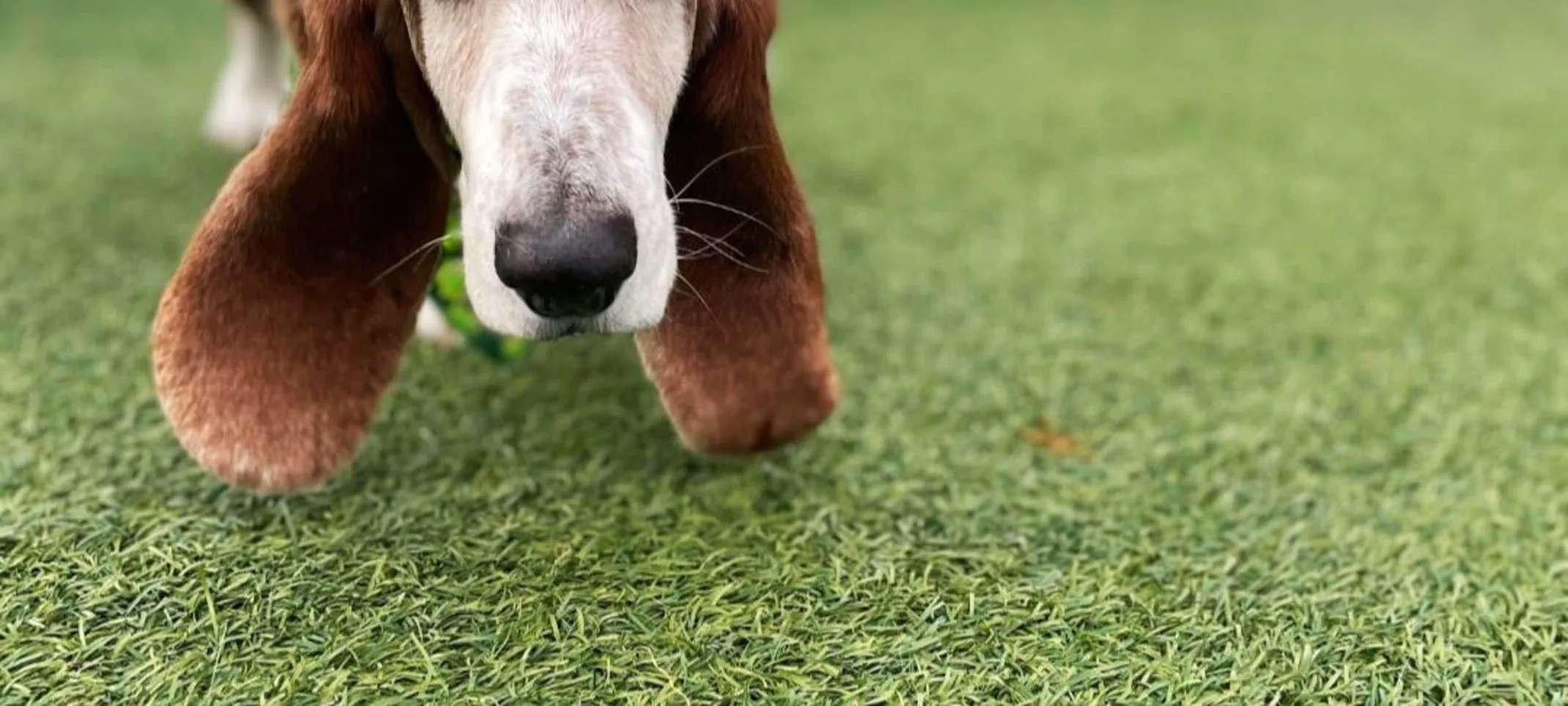Lafayette Veterinary Care Center
Quality Of Life Scale
Determining a pet’s quality of life can be difficult. A lot of pet owners ask themselves “Is it too soon?” or “How will I know when it’s time?”

Determining a pet’s quality of life can be difficult. A lot of pet owners ask themselves “Is it too soon?” or “How will I know when it’s time?” While discussing this with your Veterinarian is highly recommended, we also recommend using this quality of life scale. We encourage you to write your answers down and discuss with your doctor. Here are a few things to consider:
Your pet’s attitude: This is based on a variety of things such as your pet's normal activities. Do they still play with their favorite toy? Do they show interest in wanting to go on walks whenever they see their leash? Do they still bark whenever they hear the doorbell ring? Do they still want to play fetch?
If you have answered no to any of these questions, please explain. Do you have any other concerns regarding your pet’s attitude? If there something else you’ve noticed your pet no longer has an interest in that they used to love?
Overall, how would you rate their attitude?
No change- Shows normal interest in people, pets, & toys.
Some changes seen- Not showing as much interest, or no longer gets excited about things they used to find interesting
Concerned- No longer shows interest in most things or anything they once found interesting
Your pet’s mobility: Think about your pet and how they are moving around overall. Do they show any physical signs of pain, such as lethargy, panting, or inability to get comfortable? Does pain management seem to be ineffective? Are your pet’s walks getting shorter? Are you noticing them struggling more to get from one place to another? Are they having trouble or need assistance getting up?
If you have answered yes to any of these questions, please explain. Do you have any other concerns regarding your pet’s mobility? Is there something else you have noticed with their mobility that you would like to discuss?
Overall, how would you rate their mobility?
No change- No difficulty getting around, enjoys walks, no trouble getting up
Some changes seen- Difficulty getting up, can only take short walks
Definite changes seen- Little to no mobility, struggles to walk short distances
Your pet’s bathroom habits: Something else that’s very common in older pets is losing control of their bodily functions or consciously having accidents in the house. How would you rate your pet’s bathroom habits?
Still able to wait to go to the appropriate area (litter box, potty pad, outside, etc)
Not always making it to the appropriate area; a few accidents noted
Cannot control eliminations anymore; having frequent accidents.
Your pet’s eating habits: A common sign something is wrong with your pet is when their eating is off. How has your pet’s eating been lately? Are you having to entice them by adding treats or some type of other food into their normal feedings to get them to eat? Will they only eat treats? Will they only eat if they are hand fed? If you have answered yes to any of these questions, please explain. How long have you noticed the change? Was it gradual or immediate? Is there something else you have noticed with their appetite you would like to discuss?
Overall, how would you rate your pet’s appetite?
Normal- No change/No concern
Some change- Having to switch up different types of food, adding things to entice pet.
Concerned- Drastic change, will only eat if hand fed, no appetite, not wanting to eat.
If you feel this questionnaire doesn’t pertain to your specific situation, another suggestion would be to pick 5 things your pet loves (eating, walking, playing, etc). Once your pet stops doing 3 out of the 5 things, you might consider speaking with your pet’s veterinarian regarding their quality of life.

